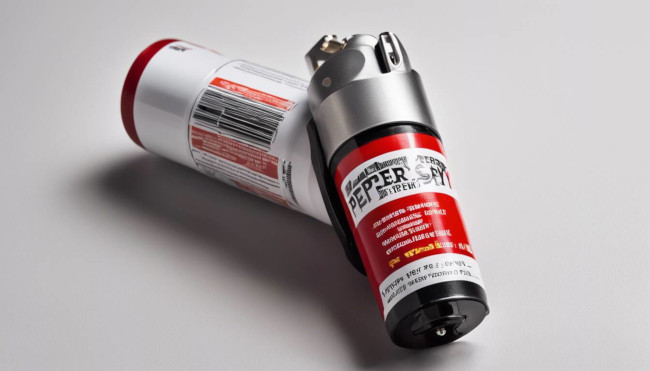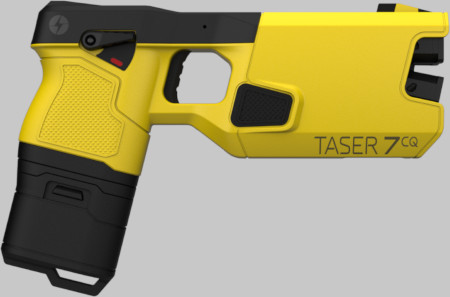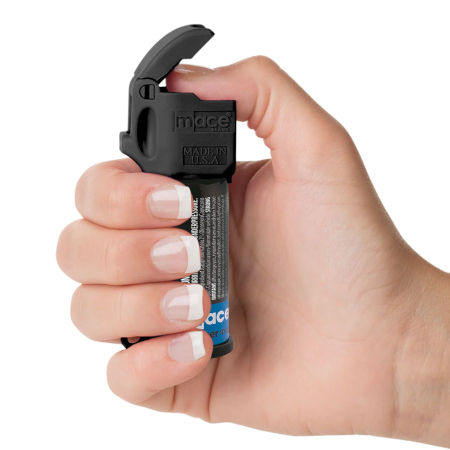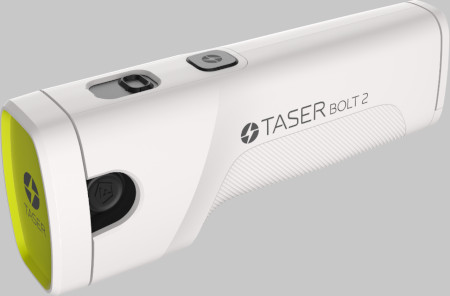Pepper Spray vs Taser

When it comes to non-lethal self-defense, two of the most common options are pepper spray and TASER devices. Both are effective for personal protection, but they serve different purposes and work in different ways. Understanding the key differences can help you choose the best option for your safety.
⚖️ Pepper Spray vs. TASER: Key Differences
| Feature | Pepper Spray | TASER Device |
|---|---|---|
| Range | 6-12 feet | Up to15 feet |
| Effect | Causes burning, tearing, and temporary blindness | Delivers an electric shock, immobilizing the attacker |
| Duration of Effect | 15-45 minutes | 5-30 seconds |
| Ease of Use | Simple point-and-spray action | Requires aiming and firing probes |
| Legal Restrictions | Fewer restrictions | Restricted in some states |
| Best for | Keeping distance from an attacker | Temporarily incapacitating an attacker |
When to Choose Pepper Spray
Pepper spray is an excellent choice if you:
✔ Need an easy-to-use, lightweight defense tool
✔ Want to defend yourself from a distance without making physical contact
✔ Prefer a low-maintenance, reusable option
✔ Are concerned about legal restrictions (since pepper spray is legal in most places with minimal regulations)
Tear Gas Enhanced MACE Pepper Spray
♦ TBOTECH Solution: Shop Pepper Sprays
Pros of Pepper Spray:
✔ Simple and quick to use
✔ Effective in disabling an attacker without physical contact
✔ Compact and easy to carry on a keychain or pocket
✔ Works on multiple attackers if needed
Cons of Pepper Spray:
✖ Can be affected by wind or weather conditions
✖ Requires accuracy to hit the attacker's face
✖ May not work instantly on highly aggressive individuals
⚡ When to Choose a TASER Device
A TASER is the better choice if you:
✔ Want immediate incapacitation of an attacker
✔ Are comfortable handling a device that requires aiming and a trigger pull
✔ Need longer range protection (TASER devices can reach up to 15 feet)
✔ Are prepared for the higher cost and legal restrictions
♦ TBOTECH Solution: Shop TASER Devices
Pros of TASER Devices:
✔ Can disable an attacker from a greater distance
✔ Works through clothing
✔ More reliable in stopping an attacker instantly
✔ Can function as a stun gun if the probes miss
Cons of TASER Devices:
✖ More expensive than pepper spray
✖ Requires more training and accuracy to be effective
✖ Limited number of shots before needing a reload
✖ Restricted in some states (check local laws before purchasing)
Which One Should You Choose?
Both pepper spray and TASER devices have their advantages. The best choice depends on your needs, comfort level, and local laws.
-
Choose pepper spray if you want an affordable, easy-to-use option for everyday carry.
-
Choose a TASER if you want the ability to immediately incapacitate an attacker from a distance.
Whichever option you choose, being prepared is key. Train yourself on how to use your self-defense tool effectively, stay aware of your surroundings, and always have your protection device within reach.
Add your comment now!
Post CommentRecent posts
-
03/12/2025Best Stun Guns for Self-Defense in 2025
-
03/11/2025How to Prevent Kidnapping – Top Safety Tips
-
03/11/2025What Do Rapists Look For? 10 Red Flags to Avoid



